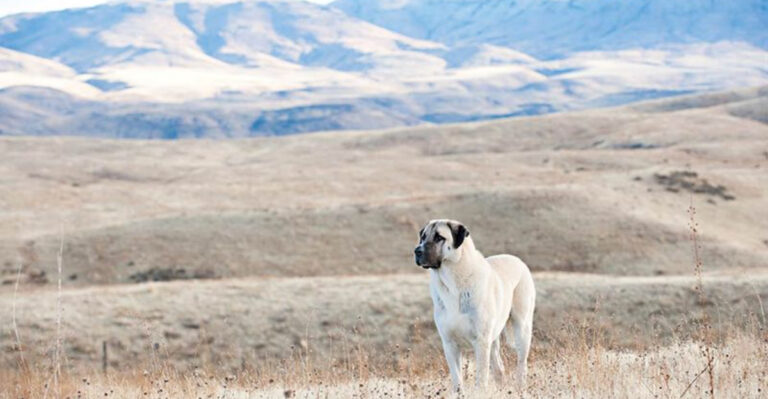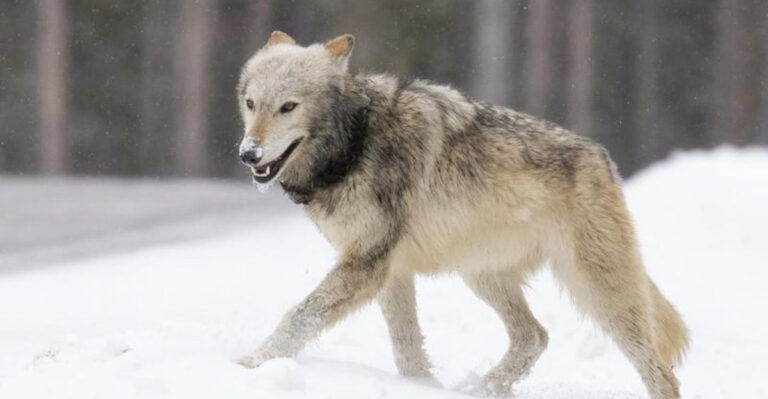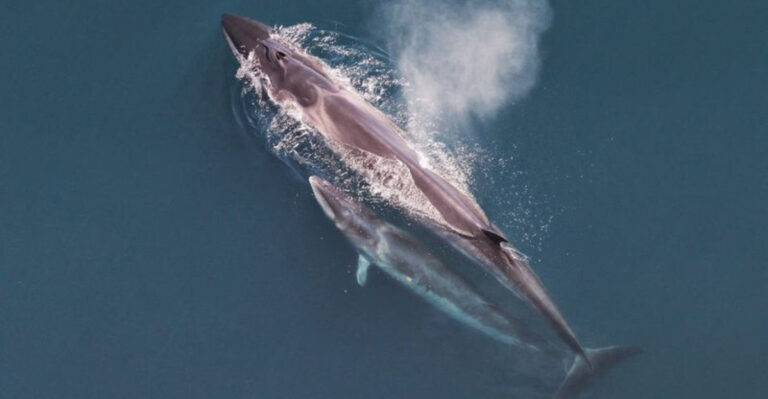15 Fascinating Facts About The Social Hierarchy That Keeps Wolf Packs In Balance
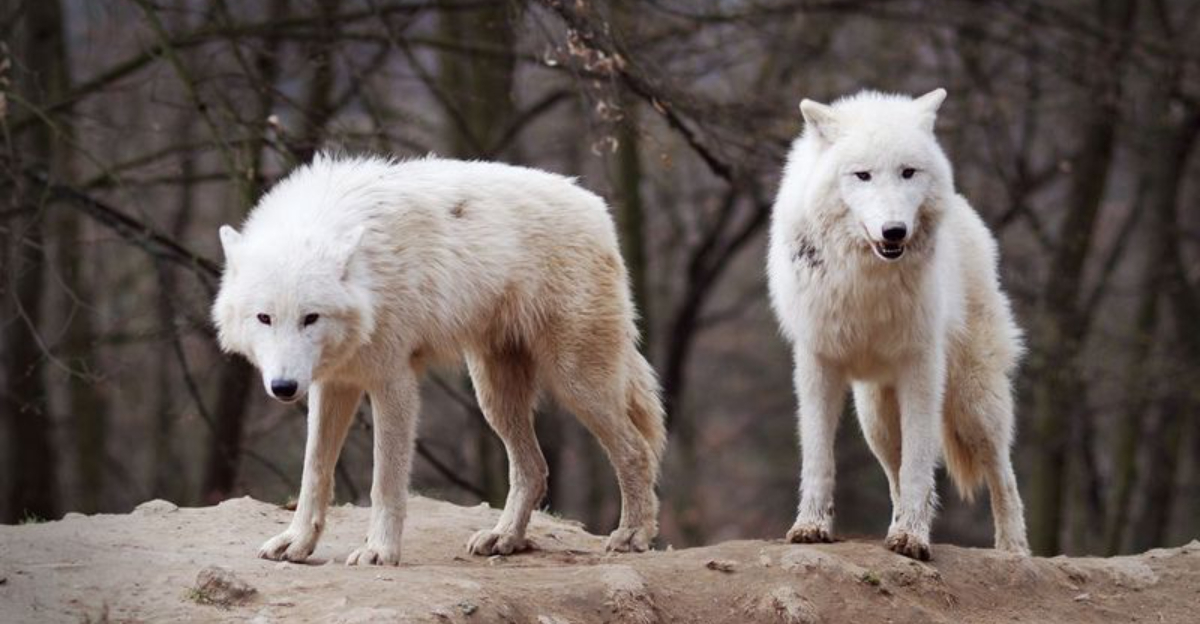
Wolves are known for their complex social structure, which helps them survive and thrive in the wild.
This hierarchy is not just about dominance; it’s a fascinating system of cooperation, communication, and understanding.
Let’s explore some intriguing facts about how wolves keep their packs running smoothly and harmoniously.
1. Alpha Pair Dynamics
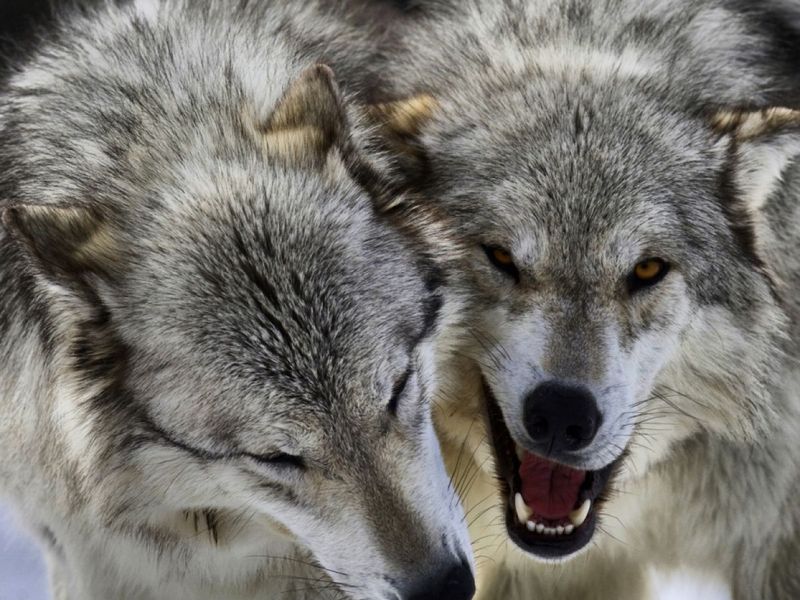
Ever wondered who calls the shots in a wolf pack? Meet the alpha pair! These two top dogs aren’t just leaders; they’re experts in decision-making and conflict resolution.
With keen instincts and mutual respect, they guide the pack through challenges. Each wolf plays a role, but it’s the alphas who ensure harmony.
2. Beta’s Role
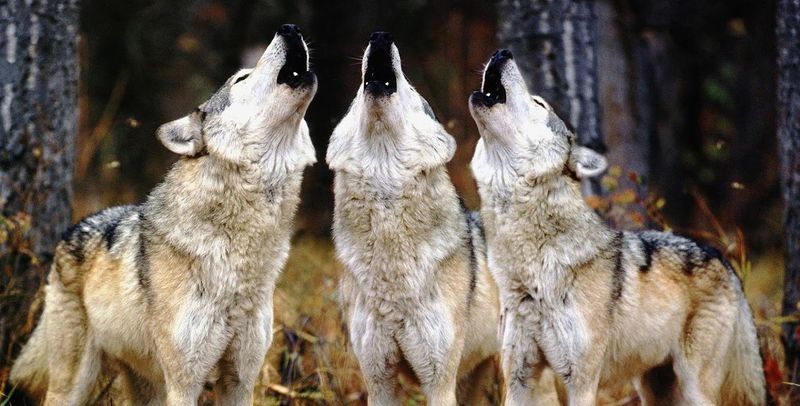
Often seen as the second-in-command, the beta wolf is crucial for maintaining order. This wolf mediates disputes and supports the alpha pair, stepping in when needed.
Betas are adaptable, often assuming leadership roles temporarily. Their position requires balance, ensuring peace and stability within the pack.
3. Omega’s Unique Position
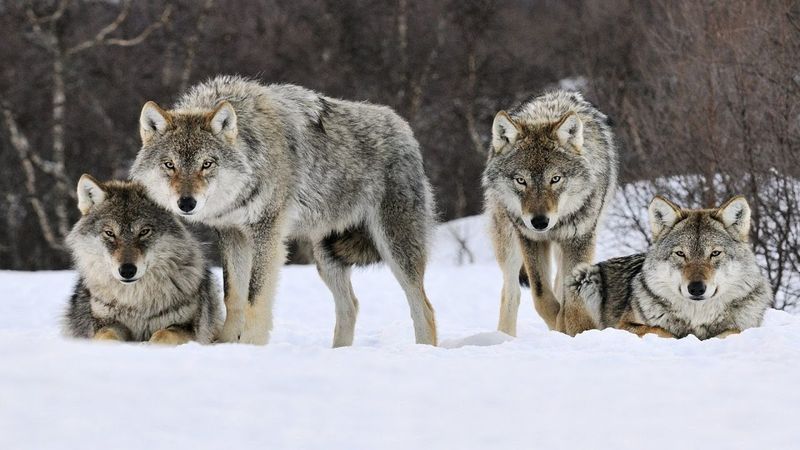
Playing the role of the peacekeeper, omega wolves diffuse tension with playfulness. Though often submissive, they are vital for emotional balance.
By encouraging social interactions, omegas help reduce conflict. Their playful antics lighten the mood, proving even the underdog has an essential role.
4. Pup Education
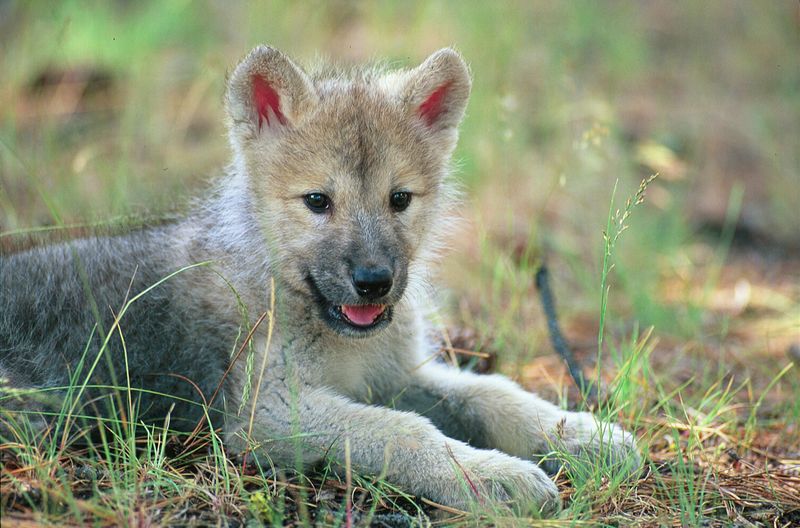
Wolf pups are the future, and their education starts early. Older pack members teach hunting skills, social rules, and pack culture.
Through play and observation, pups learn the ropes, preparing for their roles. It’s a community effort, with each member contributing to their development, ensuring the pack’s longevity.
5. Hunting Cooperation
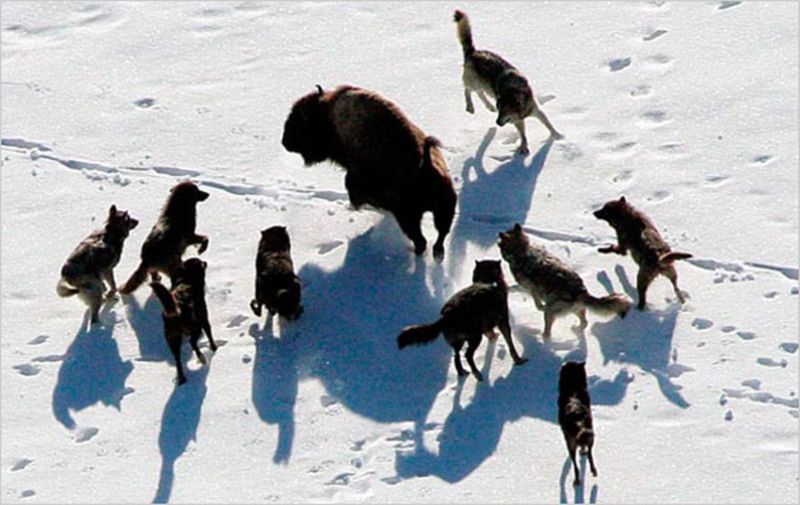
Teamwork makes the dream work, especially in hunting. Wolves rely on each other’s strengths to track and bring down prey.
Each member knows its role, whether it’s chasing, cornering, or ambushing. This cooperation is a testament to their social intelligence and enhances their survival rate significantly.
6. Communication Techniques
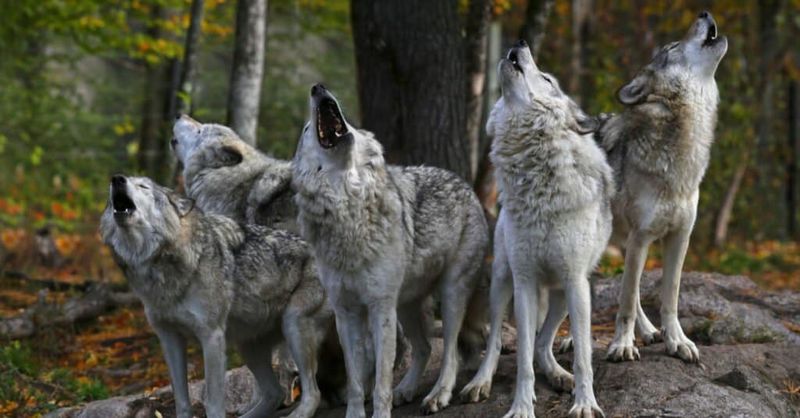
Wolves are master communicators, using howls, growls, and body language. Each sound or gesture conveys specific messages about territory, danger, or social standing.
This intricate communication system fosters unity and understanding, essential for maintaining pack structure and reacting swiftly to environmental changes.
7. Territory Marking
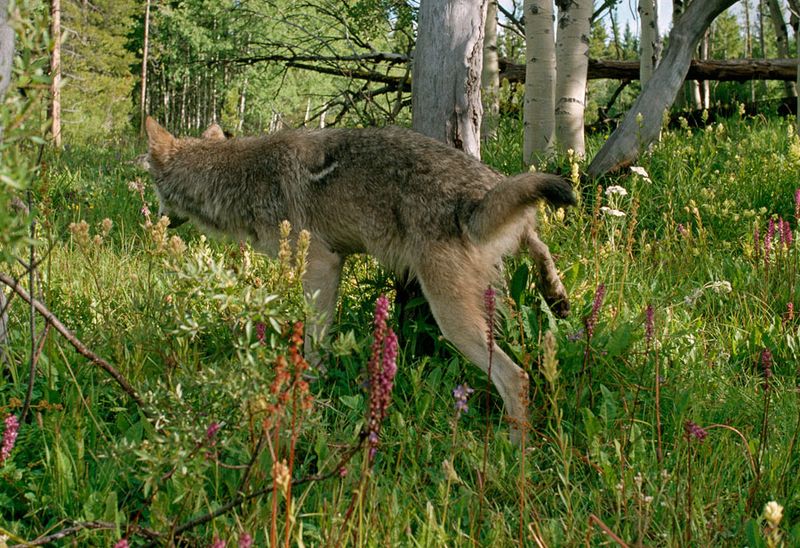
Territory is life, and wolves mark it with precision. Through scent marking and vocalizations, wolves establish boundaries, avoiding unnecessary conflicts.
This territorial behavior ensures access to resources and safety for the pack. It reflects their strategic approach to survival, respecting both nature and fellow creatures.
8. Social Bonds
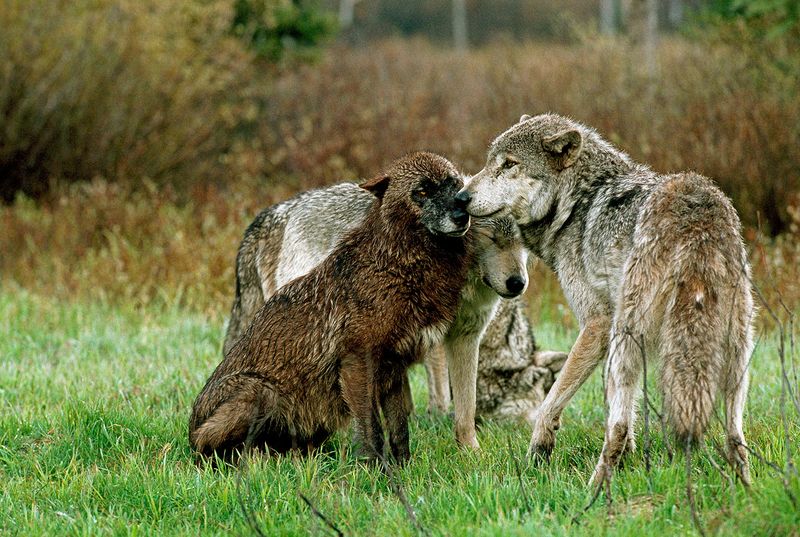
It’s not all about hierarchy; it’s about bonds too. Wolves form strong social connections through grooming, playing, and resting together.
These bonds provide emotional support and enhance pack unity. When challenges arise, it’s these connections that bolster resilience, proving the power of friendship in the wild.
9. Leadership Challenges
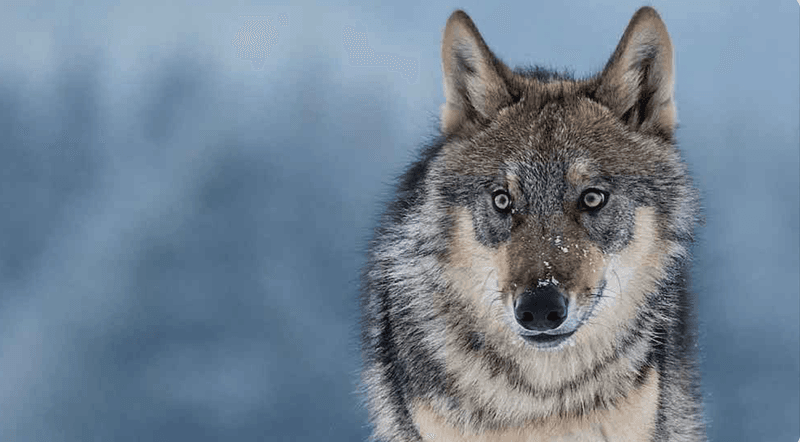
Even leaders face tests. Alpha wolves must navigate internal challenges like disputes and external threats like rival packs.
Their leadership is rooted in trust and experience, guiding the pack through adversity. It’s a role that demands courage and wisdom, showcasing the dynamic nature of wolf social structure.
10. Subordinate Contributions
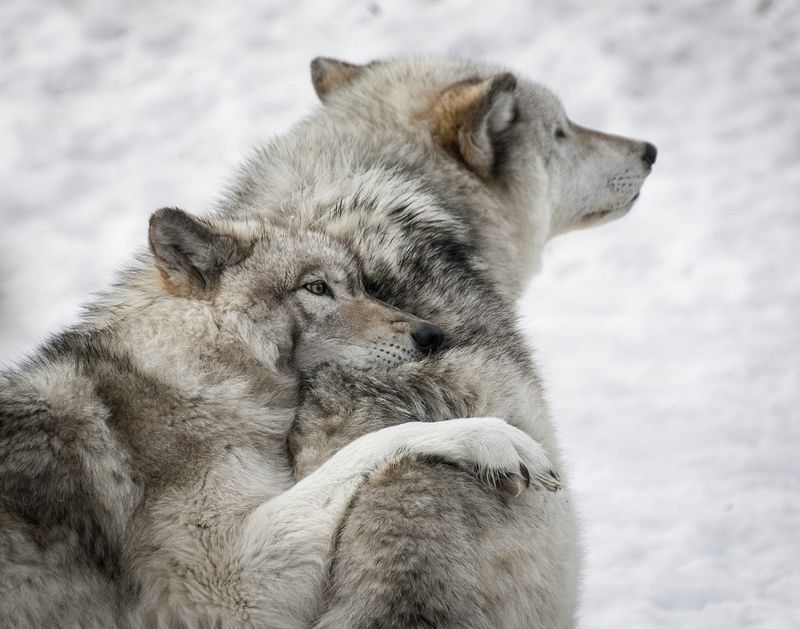
Hierarchy isn’t just top-down; subordinates play crucial roles too. They contribute to hunting, caring for pups, and maintaining order.
Each wolf, regardless of rank, is vital for pack success. This collective effort illustrates a model of cooperation that emphasizes individual contributions within a structured society.
11. Pack’s Adaptive Nature
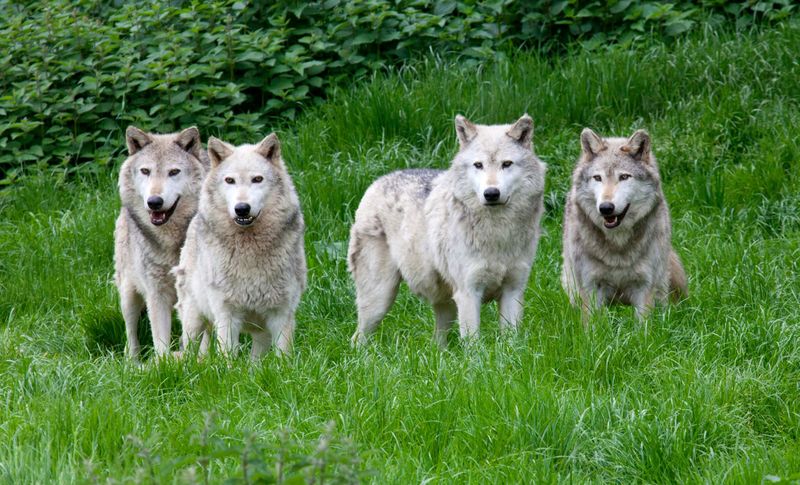
Whether facing environmental changes or pack dynamics, they adjust roles and strategies. This flexibility ensures survival and prosperity.
Their ability to adapt reflects an intelligent social system, where learning and evolution are continuous, helping them thrive in diverse habitats.
12. Generational Wisdom
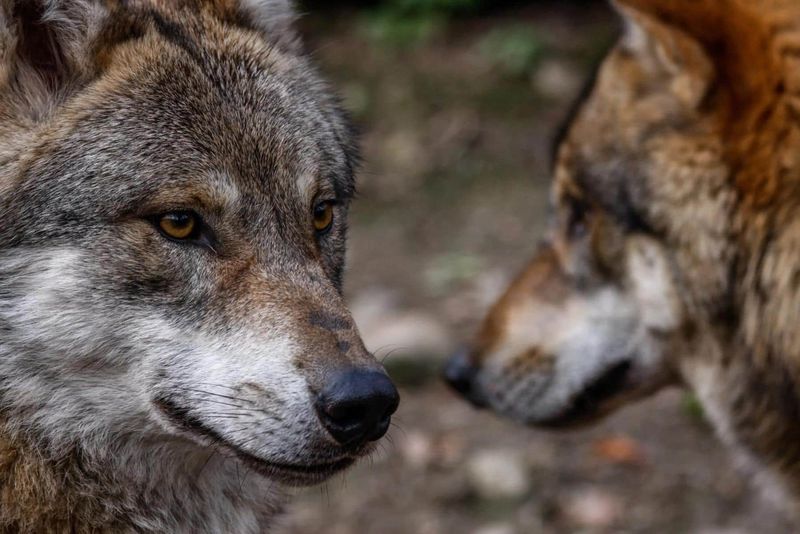
Elders in the pack are treasure troves of wisdom. They mentor younger wolves, passing down crucial survival skills and cultural practices.
Their experience enriches the pack’s knowledge pool, guiding decision-making and maintaining traditions. This generational exchange ensures the continuity of the pack’s legacy.
13. Emotional Expressions
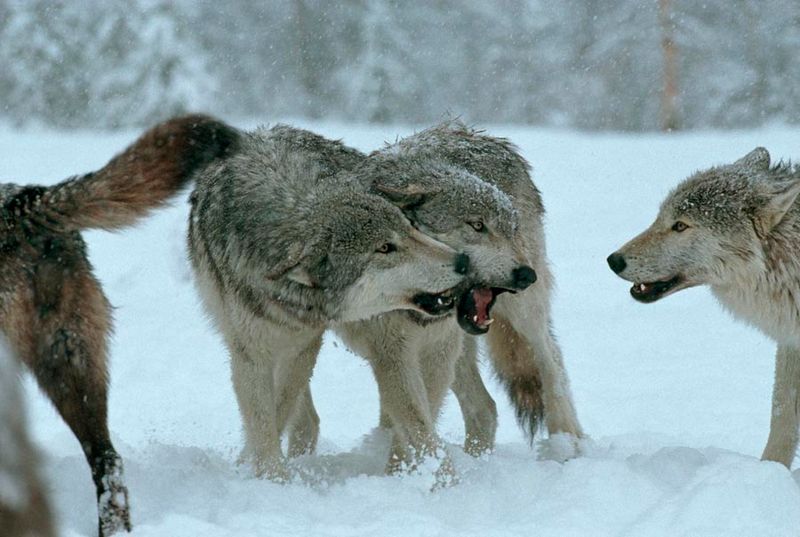
Wolves wear their hearts on their sleeves, expressing emotions vividly. They show affection, anger, curiosity, and more through expressions and actions.
Understanding these signals is key to pack cohesion. Emotional intelligence in wolves fosters empathy and strengthens bonds, highlighting the depth of their social interactions.
14. Seasonal Behavior Changes
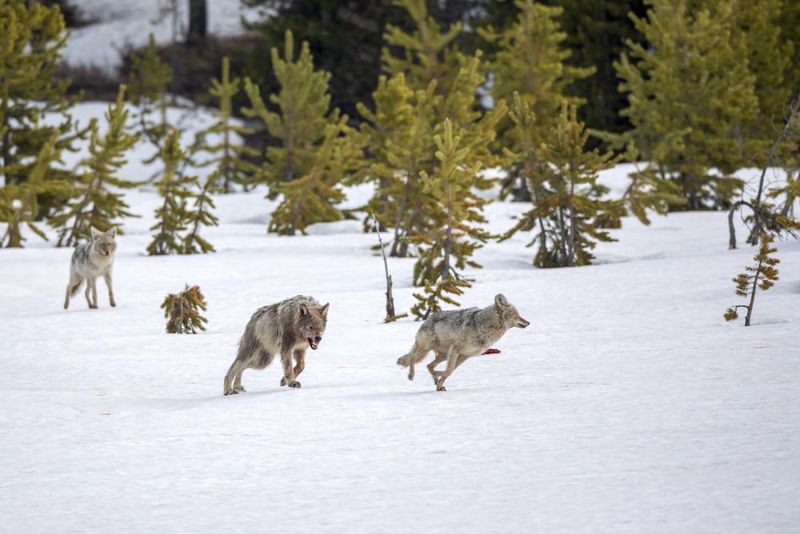
Season-driven changes affect wolf behavior. In winter, wolves may roam more to find scarce food, while in spring, they focus on bonding and raising pups.
These seasonal shifts influence social structures and interactions, demonstrating their adaptability and the impact of nature’s cycles on their lives.
15. Play’s Essential Role
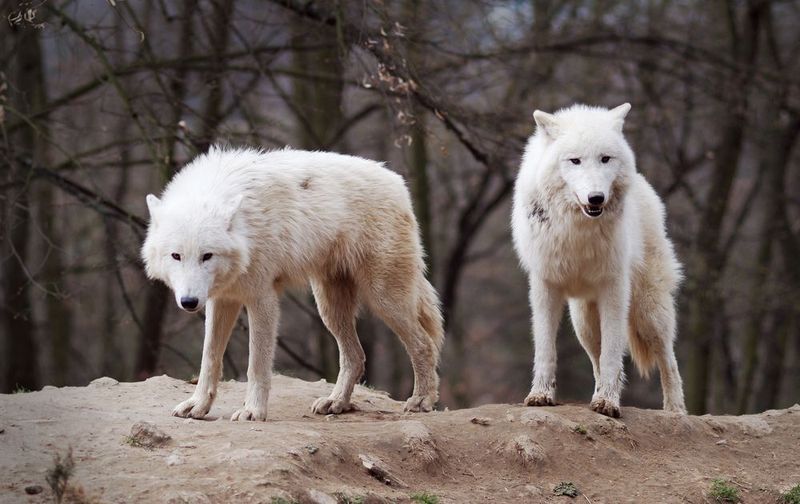
Play isn’t just fun; it’s essential! Through play, wolves develop critical skills like hunting and communication. It strengthens bonds and reduces stress.
Young and old wolves alike engage in play, fostering a sense of community and joy. In the wild world of wolves, play is a vital component of life.

